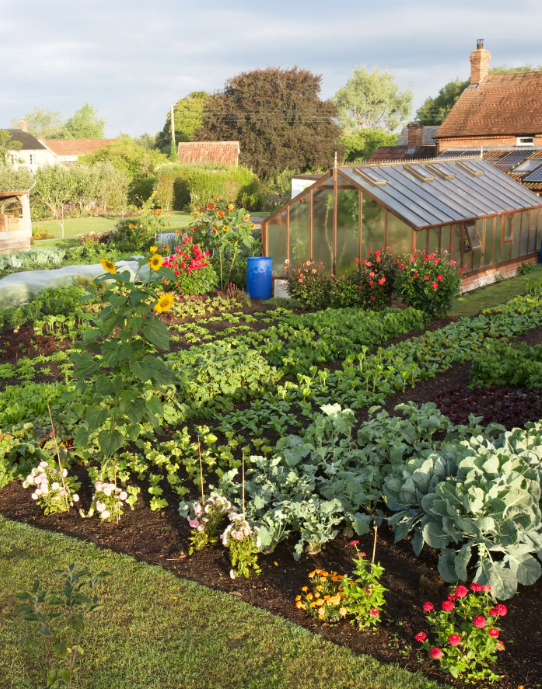In today’s urban environments, space is often limited, but that doesn’t mean you have to sacrifice the beauty and functionality of your outdoor areas. Whether you’re working with a tiny backyard, a small patio, or a balcony, designing a compact outdoor space that feels spacious and inviting is entirely possible with a little creativity and planning. Here’s how to make the most of every square foot and transform your small outdoor area into a stylish and functional retreat.
Create Zones Within the Space
One of the best ways to maximize a small outdoor area is to create distinct zones that serve different functions. Even in a compact space, you can have areas for lounging, dining, or gardening. Use physical boundaries, such as low plantings, trellises, or furniture placement, to define these zones. For instance, a small patio might have a seating area on one side, a dining table on the other, and some plants along the edges to soften the space. Dividing the area visually can make it feel more spacious and organized.
Use Vertical Space
In small outdoor spaces, the key to maximizing square footage is thinking vertically. Vertical gardening techniques, such as using wall-mounted planters, hanging baskets, or trellises, allow you to add greenery without taking up valuable floor space. Consider installing a vertical garden or using climbing plants like ivy or jasmine on fences and walls to create lush, green walls that add privacy and beauty. Additionally, shelves or plant racks can help you display more plants without cluttering the ground area.
Opt for Multi-Functional Furniture
When working with limited space, selecting furniture that serves multiple purposes is crucial. Look for items that are compact but versatile, such as foldable tables, stackable chairs, or storage benches that double as seating. A dining table that folds down or a coffee table with hidden storage can help you maximize functionality without overcrowding the space. You might even consider a hammock chair or a swing that can be tucked away when not in use, freeing up room when needed.
Use Light and Reflective Colors
Lighter colors can create an illusion of space, making small outdoor areas feel larger and airier. Opt for soft neutrals or light shades of blue, green, or white for your furniture, cushions, and accessories. Reflective materials, such as glass or mirrors, can also help bounce light around and make the space feel more open. For instance, a glass-top table or a mirrored wall can add a sense of openness, while also enhancing the overall aesthetic.
Go for Compact, Low-Maintenance Plants
Choose plants that are well-suited to small spaces and require minimal care. Small shrubs, dwarf trees, and compact flowering plants can add greenery without overwhelming the space. Succulents, herbs, and ornamental grasses are also great choices because they don’t need much space or maintenance but still provide texture and color. Planting in containers, raised beds, or hanging pots allows you to control the size of your plants and move them around as needed.
Create Illusions of Space
Mirrors and light can be used strategically to create the illusion of more space. Installing a large mirror on a fence or wall reflects light and the surrounding greenery, making the area appear more expansive. Additionally, incorporating soft lighting—such as string lights, lanterns, or LED spotlights—adds depth and warmth to the space, allowing it to feel cozy without being cramped.

Keep the Design Simple and Minimal
In a compact outdoor space, less is often more. A cluttered area can quickly feel chaotic and overwhelming, so opt for a minimal design that focuses on quality over quantity. Choose a few key elements that align with your vision for the space and stick to them. For example, instead of filling the space with many small accessories, choose one or two statement pieces like a stylish outdoor rug or a striking piece of outdoor art. Keeping the design simple allows the space to breathe and feel more open.






